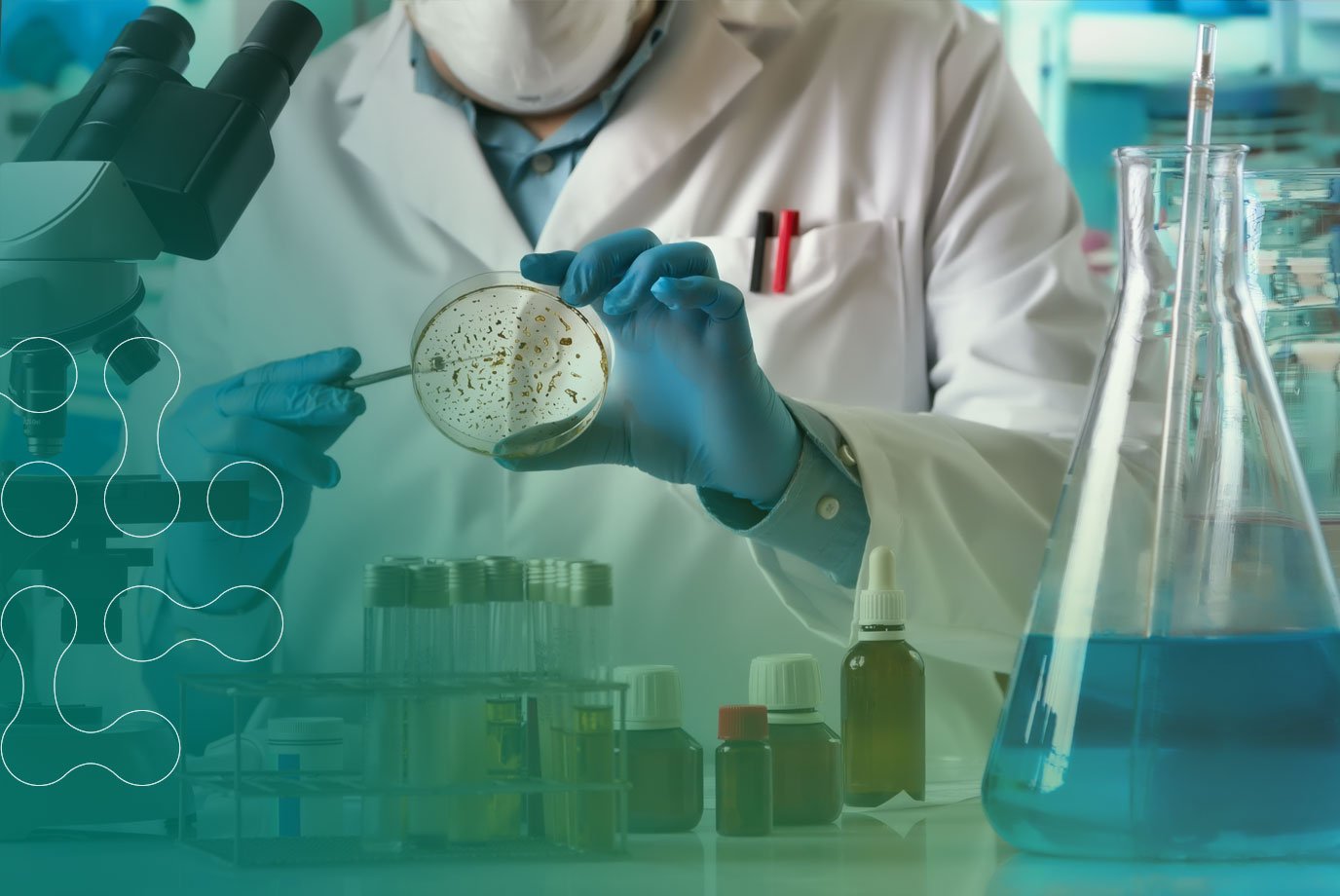In the Cleaning industry, log reduction and kill percentages are something we see and hear on a daily basis, across social media and industry publications. For some, these claims can simply appear to be buzzwords, for others they are the result of rigorous testing.
It led us to wonder, how confident are buyers, suppliers and end users on what log reduction actually means? And are they aware of why 99.999% is so much more effective than 99.9%?
What are Logs?
The basic problem when talking about numbers of bacteria, viruses or other microbes is that the numbers tend to be very large. For example, there could be as many as 100 trillion (100,000,000,000,000) bacteria in the human body.
Having to write down and discuss such large numbers is tedious and soon leads to mistakes being made. Therefore, scientists have found a simpler way of discussing bacterial numbers – a mathematical function called a logarithm. Specifically, the logarithm to the base of 10. Often referred to as “log10” or simply “log” – although care is needed with the latter terms as other types of log do exist.
The definition of log10 is: The power to which 10 must be raised to in order to produce a given number. Or, to make it a little easier for the non-scientists, if we keep things simple and stick to multiples of 10, the number of zeros in the standard number will give the log; i.e. The log10 of 10 is 1. The log10 of 100 is 2 and so on.
The table below shows this basic relationship:
| Number | Log10 | |
| One | 1 | 0 |
| Ten | 10 | 1 |
| One hundred | 100 | 2 |
| One thousand | 1,000 | 3 |
| Ten thousand | 10,000 | 4 |
| One hundred thousand | 100,000 | 5 |
| One million | 1,000,000 | 6 |
Log Reduction
So, when we are using disinfectants and similar products the purpose is to kill microbes such as bacteria and viruses on surfaces or on our hands. And, for a product to be deemed suitable, we need to measure the level of kill.
So, we therefore talk in terms of “log reductions” and it follows from the table above that each log is simply a 10-fold reduction in bacteria or viruses. For example, a reduction in numbers from log 6 to log 5 is a 1 log reduction, from log 6 to log 4 is a 2 log reduction and so on.
99.9% vs 99.999% - Percentage Reductions
As mentioned, percentage reductions in numbers are also regularly quoted across the industry on product labelling and by manufacturers and distributors. They follow a similar breakdown in that a 1 log reduction is a 90% reduction, a 2 log reduction is a 99% reduction, a 3 log reduction is 99.9% reduction and so on. These relationships are summarised below – imagining that we start with a million bacteria on a surface –
| Starting number = 1 million bacteria | ||
| Log reduction | % reduction | Remaining bacteria |
| 0 | 0 | 1,000,000 |
| 1 | 90 | 100,000 |
| 2 | 99 | 10,000 |
| 3 | 99.9 | 1,000 |
| 4 | 99.99 | 100 |
| 5 | 99.999 | 10 |
It is important to remember the reason for disinfecting a surface or your hands is to lower the infectious dose of a bacterium or virus. It can take as few as 10-100 bacteria or viral particles to cause infection.
There are many products that, for example claim to “kill 99.9% of bacteria”. Although this sounds like a successful reduction, as the above table demonstrates this is only a 3 log reduction and if the treated area had a million bacteria to start with, the user is still left with 1000, which is considerably higher than the potential infective dose. And the surviving bacteria could go on to infect a significant number of people.
It also follows that a disinfectant capable of a 5 log reduction, is 100 times more effective than one that can only achieve a 3 log reduction! For these reasons, most official disinfectant tests require a 4 or 5 log reduction in numbers to pass the test and a 5 log (99.999%) reduction is considered the gold star in terms of reducing the possibility of human disease transmission as far as possible.
It is therefore crucial that suppliers have independent efficacy data to support their products and that log reductions exceeding 4 or 5 are demonstrated. The BioHygiene disinfectant range has consistently achieved 4 and 5 log reductions data as required by EN tests, this applying to our All Purpose Sanitiser, Kitchen Sanitiser, Washroom 4D Sanitiser and Foaming Hand Sanitiser.




